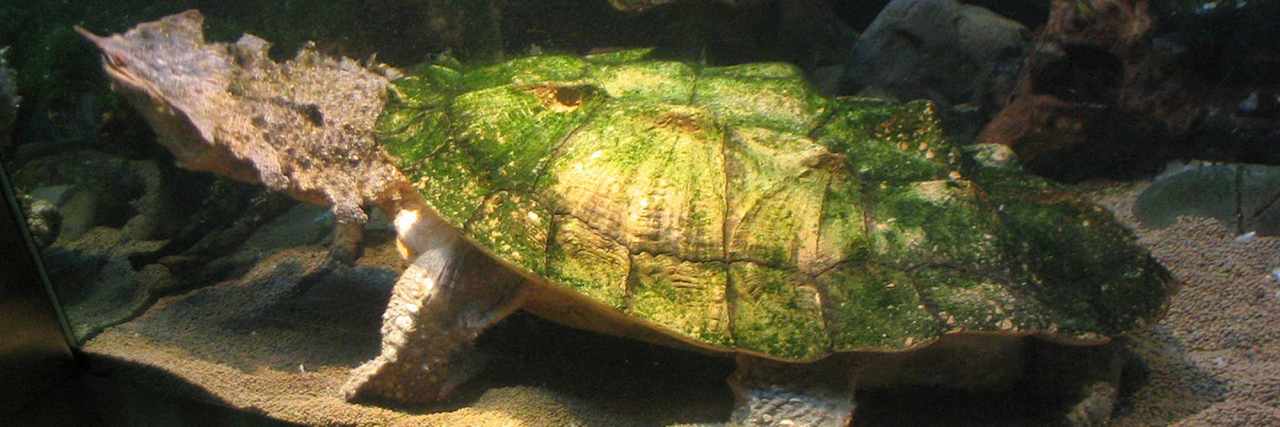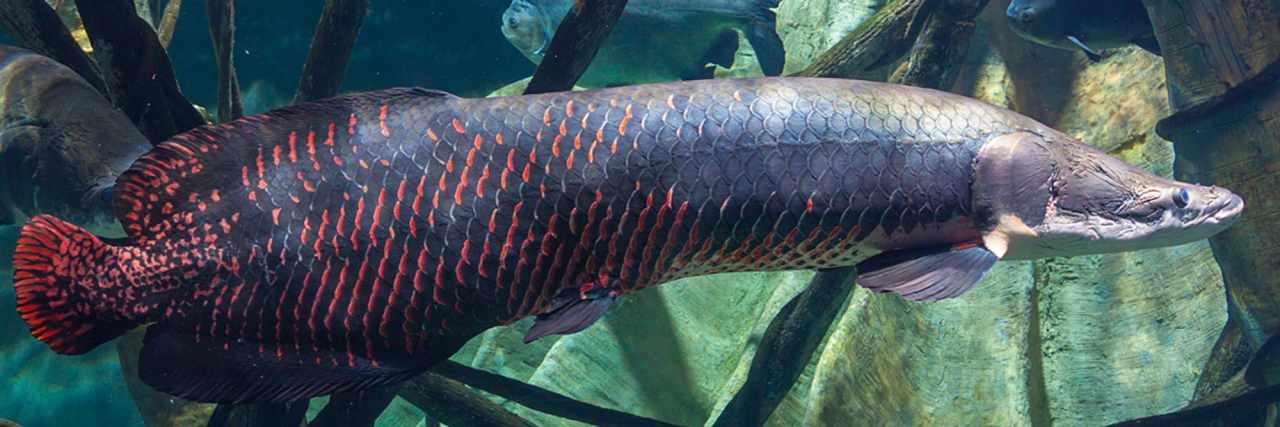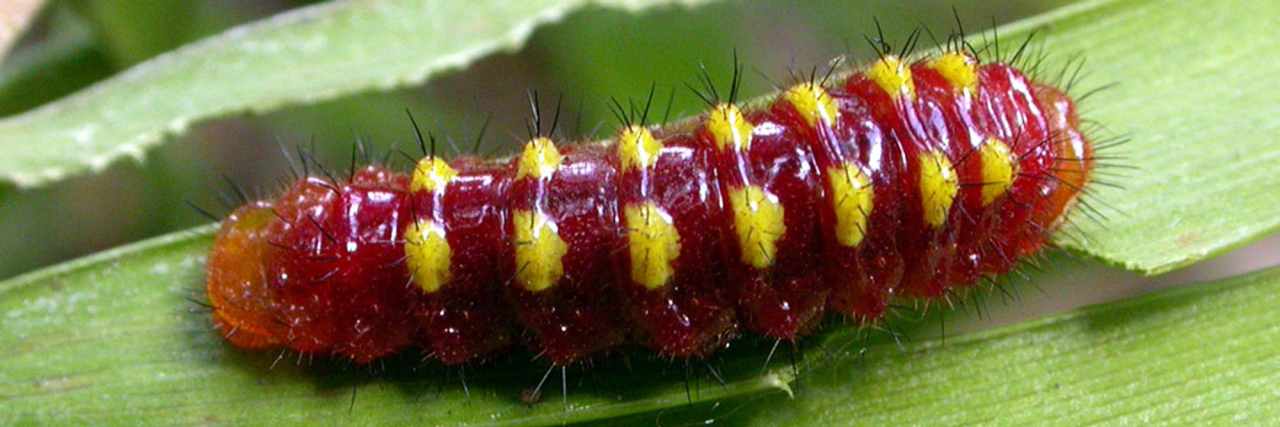The Land of Plenty
Not that you need more reasons to visit Ecuador, but it will surprise no one to hear that the Amazon Rainforest is home to the greatest abundance of life of any ecosystem on the planet. With only a fraction of species documented, there are literally thousands of creatures that remain unseen and unknown. In the spirit of inquiry, we would like to take a moment to highlight some of the strange animals that reside in this wonderland. Because the electric eel, glass frog, and some other odd, but well-known, weirdos have already adorned more than their fair-share of buzzfeed lists, we shall focus on some lesser-known creatures.
Exploring the Rich Tapestry of Life in Earth’s Most Studied Hotspot
The Amazon (and many other equatorial regions) are famously species-rich for a number of reasons. Generally what they each have in common that is attributed to their abundance of life is being in a position on the globe that did not experience glaciation. Fewer glaciers equals fewer extinctions. A long, uninterrupted life is key in allowing for the time needed to evolve into various species and subspecies as we see in so many warm places.
With perhaps the exception of the Galapagos Islands, no location on Earth has been so studied and revered as a hot-bed of life. With the uncontested diversity of the Amazon Rainforest wildlife, there are bound to be some pretty far-flung species.
Mata Mata

The Mata Mata, colloquially known as the leafhead or needlenose is what would happen if Tim Burton was in charge of making turtles. Angular and strangely proportioned at every turn, with a shell texture that would seem at home in the underworld, the Mata Mata gets by by hanging in the leaf-litter at the bottom of brackish pools and sucking up fish whole. Though very clearly a turtle, the Mata Mata shares much in common with crocodiles, particularly the flattish neck and snout.
Arapaima

What good is any list of strange creatures in the Amazon if it doesn’t include at least one gargantuan version of a seemingly innocuous creature? About the size of a small car, the Arapaima is one of the largest freshwater fish in the world. With a need to intake a portion of its oxygen from the air directly, the Arapaima spends much of its time near the surface of the water. This need is bad news for the Arapaima because they are often hunted and may be in danger of over-exploitation.
They have long been a food source in South America, and have popped up quite often in popular culture from Iron Chef ingredients to reality-TV villains.
Jewel Caterpillar

Representing the vast insect world, the Jewel Caterpillar could easily be mistaken for a gummi-worm of some kind, or perhaps just an out-right hallucination. Coming in a variety of colors (collect all six!), there are few creatures that look quite so unnatural and invented.
Scientists are still unsure of why they are composed of spine-like gelatinous substances, though it likely has to do with escaping predators unscathed. In tests where carnivorous ants were placed near the Jewel Caterpillar, they briefly attempted to attack, and being stymied by the gooey exterior of the Caterpillar, subsequently gave up the hunt. The Jewel Caterpillars appear to be aposematic, or brightly-colored to reflect the fact that they are poisonous, but that is unconfirmed as of yet.
Whatever the story behind this guy, they are undeniably striking, and a great representative of the sort of fantasy-esque wildlife that thrives in Amazonia. Tolkein would be impressed.
Discover the Wonders of Earth’s Most Enigmatic Rainforest
While it’s not my intention to encourage reckless adventuring through the Amazon Rainforest, I wholeheartedly advocate seizing the opportunity to explore this extraordinary wonderland, should it ever present itself. The Amazon teems with an unparalleled array of creatures, each more fascinating than the last.
For those with a penchant for the peculiar, the Amazon offers encounters with bizarre creatures like the three-toed sloth, with its slow-motion antics, or the prehistoric-looking hoatzin, known for its peculiar odor and unique digestive system. And let’s not forget the cacophonous chorus of howler monkeys echoing through the trees, or the stealthy movements of caimans lurking in the murky shallows. If you’re interested in learning more, or visiting the Amazon Rainforest, you can learn more about our Ecotour.
Learn about traveling in the Amazon Rainforest along with the why and the how unravels the mysteries of this biodiverse wonderland, offering insights into the motivations behind exploration and practical tips for navigating its dense foliage. Whether seeking adventure or ecological enlightenment, understanding the why and the how of Amazonian travel enriches the journey through this legendary wilderness.



